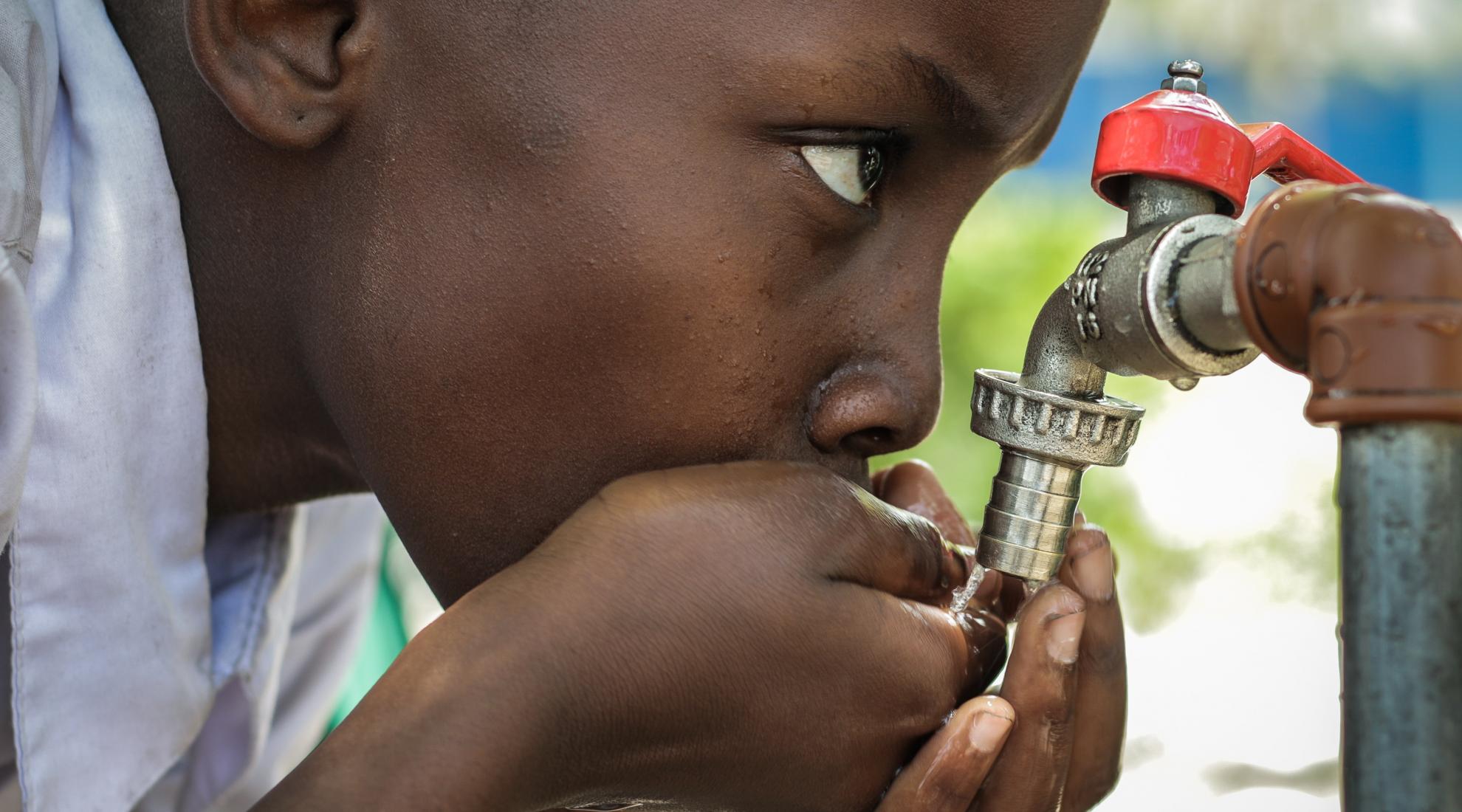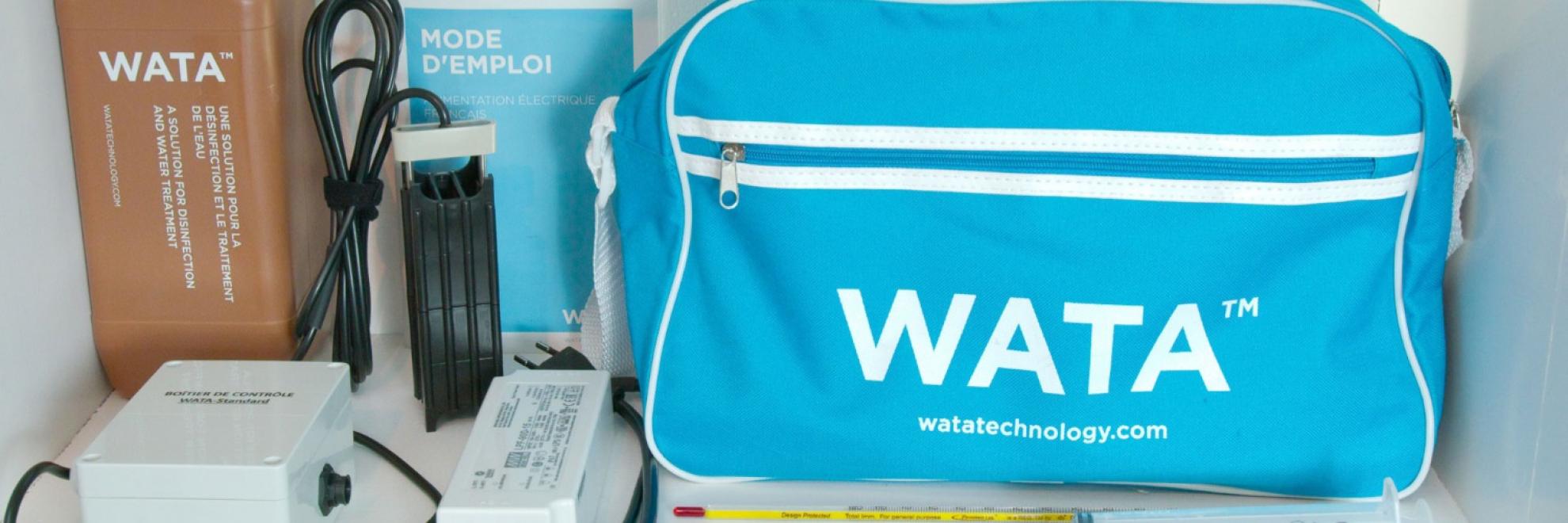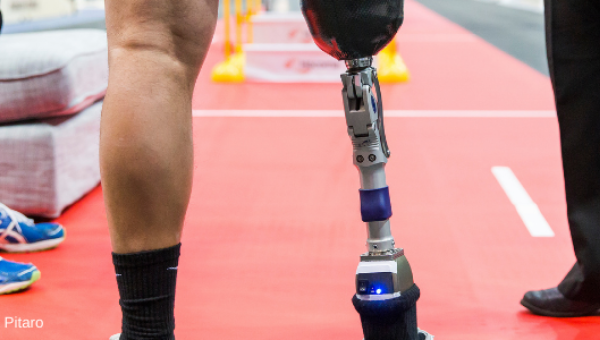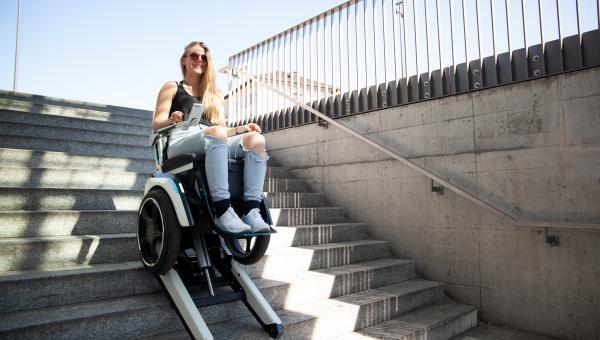Clean drinking water with a simple Swiss technology

According to the WHO, more than 880 million people worldwide have no access to clean water. 15 years after the development of an amazingly simple technology to create clean drinking water, the Swiss Antenna Foundation has launched its successor, the Nano-WATA electrolyser.
In 30 different countries, the Antenna Foundation fights on many different fronts: food, agriculture, energy, medicine, microcredit. With the goal of making clean drinking water accessible everywhere, the foundation launched a new technology in 2004.. Known as WATA, the technology enables to locally produce active chlorine for water treatment and disinfection -with just a pinch of salt. An electrolysis process transforms the salt water into chlorine. Over the years a range of 4 devices was developed and field tested and is since 2018 commercialised by Antenna’s spin-off WATALUX.
WATA devices are used in a wide variety of projects and to date have provided safe drinking water for 20 million people:

The WATA device purifies large quantities of water with just a pinch of salt.
Nano technology for better access to clean water
In order to make this technology accessible to the greatest number of people and in the most remote areas, the Antenna Foundation presented recently a new device. The Nano-WATA allows the production of 80ml of sodium hypochlorite in 20 minutes. With this quantity it is possible to produce 0.6 litres of disinfectant solution for surfaces, 1 litre of hand sanitiser or the treatment of up to 320 litres of water. Compared to its predecessor, the new solution is much more compact, can be charged with a simple USB power supply and only needs salt and water to work. Within one day it is therefore possible to produce 67 litres of surface disinfectant solution, 115 litres of hand disinfectant solution, 9.6 litres of wound disinfectant and/or the treatment of up to 3,840 litres of water.
The amazingly simple technology for clean water is unsurprisingly also part of 1,000+ efficient and profitable solutions from Solar Impulse to protect the environment (learn more in our our article).




